When your little one is ready to explore new flavors and textures, fruit feeders can be a wonderful tool to make the journey safe and enjoyable. But with two popular options available—silicone fruit feeders and mesh feeders—how do you choose the right one for your child?
What Are Fruit Feeders?
Fruit feeders are ingenious feeding tools that allow babies to safely explore fresh fruits, vegetables, and other foods without the choking risk of whole pieces. They consist of a handle that baby can grip and a pouch or compartment that holds the food, allowing your little explorer to gnaw, suck, and taste while keeping larger pieces contained.
Understanding Silicone Fruit Feeders
How They Work
Silicone fruit feeders feature a soft, food-grade silicone pouch with tiny holes or slits. You simply place soft fruits or cooked vegetables inside, and your baby can safely explore the flavors and textures through the silicone barrier.
The Benefits of Silicone Feeders
Step 1: Easy Cleaning and Maintenance Silicone feeders are by far the esiest when it comes to cleanup. They're dishwasher-safe, and the smooth surface means food particles don't get trapped in hard-to-reach places. A quick rinse or run through the dishwasher, and they're ready for the next snack time.
Step 2: Durability That Lasts Unlike mesh that can tear or wear out, silicone feeders are built to last. They won't develop holes or weak spots, making them a smart long-term investment for growing families.
Step 3: Temperature Tolerance Silicone can handle both hot and cold foods safely, giving you more flexibility in what you offer your child. Frozen fruits for teething relief? No problem. Warm, cooked vegetables? Perfectly safe.
Potential Drawbacks
Some babies may find it initially challenging to extract flavors through the smaller silicone holes, which might lead to frustration during early introduction periods.
Understanding Mesh Feeders
How They Work
Mesh feeders use a fine fabric mesh pouch that allows babies to access food through the tiny openings. The mesh creates a more porous barrier compared to silicone, often making it easier for babies to taste and extract juices from fruits.
The Benefits of Mesh Feeders
Step 1: Immediate Flavor The mesh design allows flavors and juices to come through more readily, which can be especially appealing to babies just starting their food exploration journey. Many little ones take to mesh feeders quickly because of this immediate gratification.
Step 2: Familiar Texture Experience Mesh feeders can provide a texture experience that's closer to actual food, helping babies transition more naturally to regular finger foods as they grow.
Step 3: Budget-Friendly Option Mesh feeders are typically more affordable upfront, making them an accessible choice for families wanting to try fruit feeders without a significant investment.
Potential Drawbacks
Mesh can be more challenging to clean thoroughly, as food particles may get caught in the weave. Over time, mesh pouches may need replacement due to wear and tear or staining.
Making the Right Choice: Step-by-Step Decision Guide
Step 1: Consider Your Child's Age and Development
- 6-9 months: Both options work well, but mesh feeders might provide easier initial access to flavors
- 9+ months: Silicone feeders can offer more challenge and durability as your child becomes more determined
Step 2: Evaluate Your Lifestyle Needs
- Busy parents: Silicone feeders offer easier cleaning and longer-lasting use
- Budget-conscious families: Mesh feeders provide an affordable starting point
- Frequent travelers: Silicone feeders are more durable for on-the-go use
Step 3: Think About Food Preferences
- Soft fruits and purees: Both work well
- Harder foods: Silicone feeders may be safer for firmer textures
- Frozen foods for teething: Silicone handles temperature better
Step 4: Consider Safety Priorities
Both options are safe when used properly, but silicone feeders offer:
- No risk of mesh tearing
- Easier inspection for wear and damage
- More consistent barrier integrity over time
Safety Tips for Both Types of Feeders
Regardless of which type you choose, always:
- Inspect the feeder before each use for any signs of damage
- Supervise your child during feeding time
- Choose age-appropriate foods and textures
- Replace worn or damaged feeders immediately
- Follow manufacturer guidelines for cleaning and care
Our Recommendation
While both silicone and mesh feeders have their place, we lean toward silicone fruit feeders for most families. The combination of easy cleaning, durability, and consistent safety makes them a smart choice that grows with your child. However, if your baby seems hesitant to try new foods, starting with a mesh feeder might provide the easier access to flavors that encourages exploration.
Remember, every child is unique, and what works best for one family might not be perfect for another. Consider your specific needs, your child's preferences, and your lifestyle when making this decision.
Final Thoughts
Introducing new foods to your baby should be an exciting adventure, not a source of stress. Whether you choose silicone or mesh, you're taking a wonderful step toward helping your little one develop a healthy relationship with food. Trust your instincts, observe what works for your child, and don't be afraid to try both options if you're unsure. If you're looking for a great option, our Fruuti Fruit Feeder offers the perfect combination of safety and functionality.
The most important thing is that you're providing safe, supervised opportunities for your baby to explore the wonderful world of flavors and textures. Happy feeding!
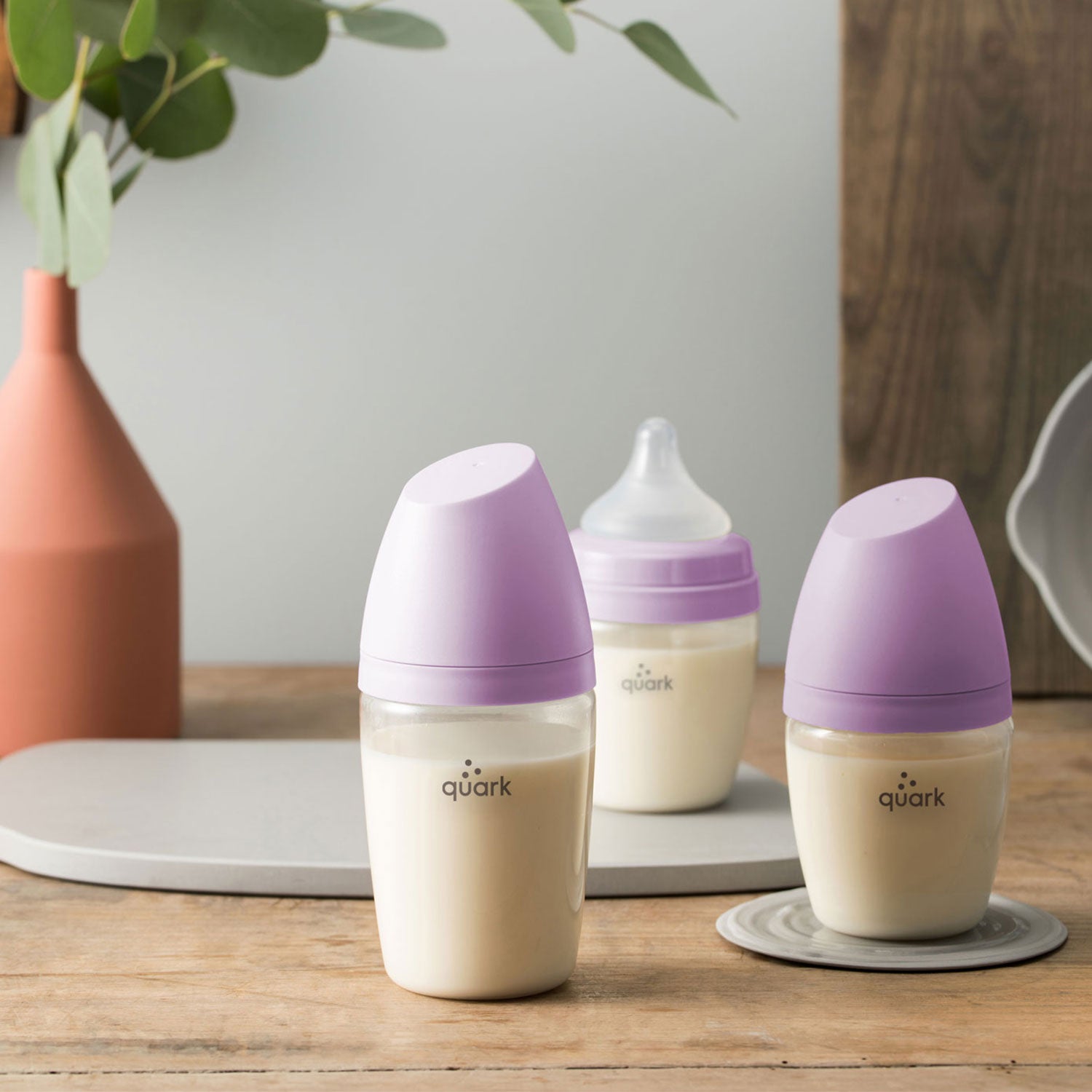




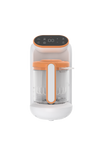
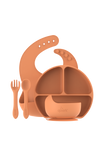
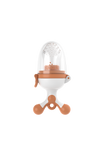
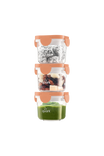
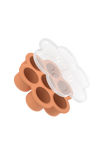
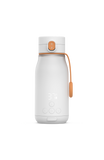
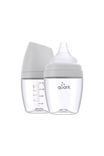
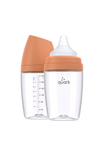
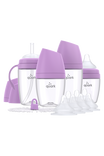
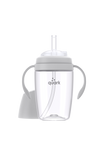
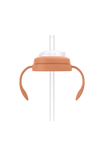
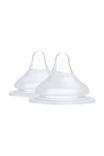
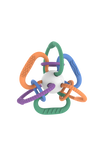
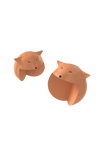


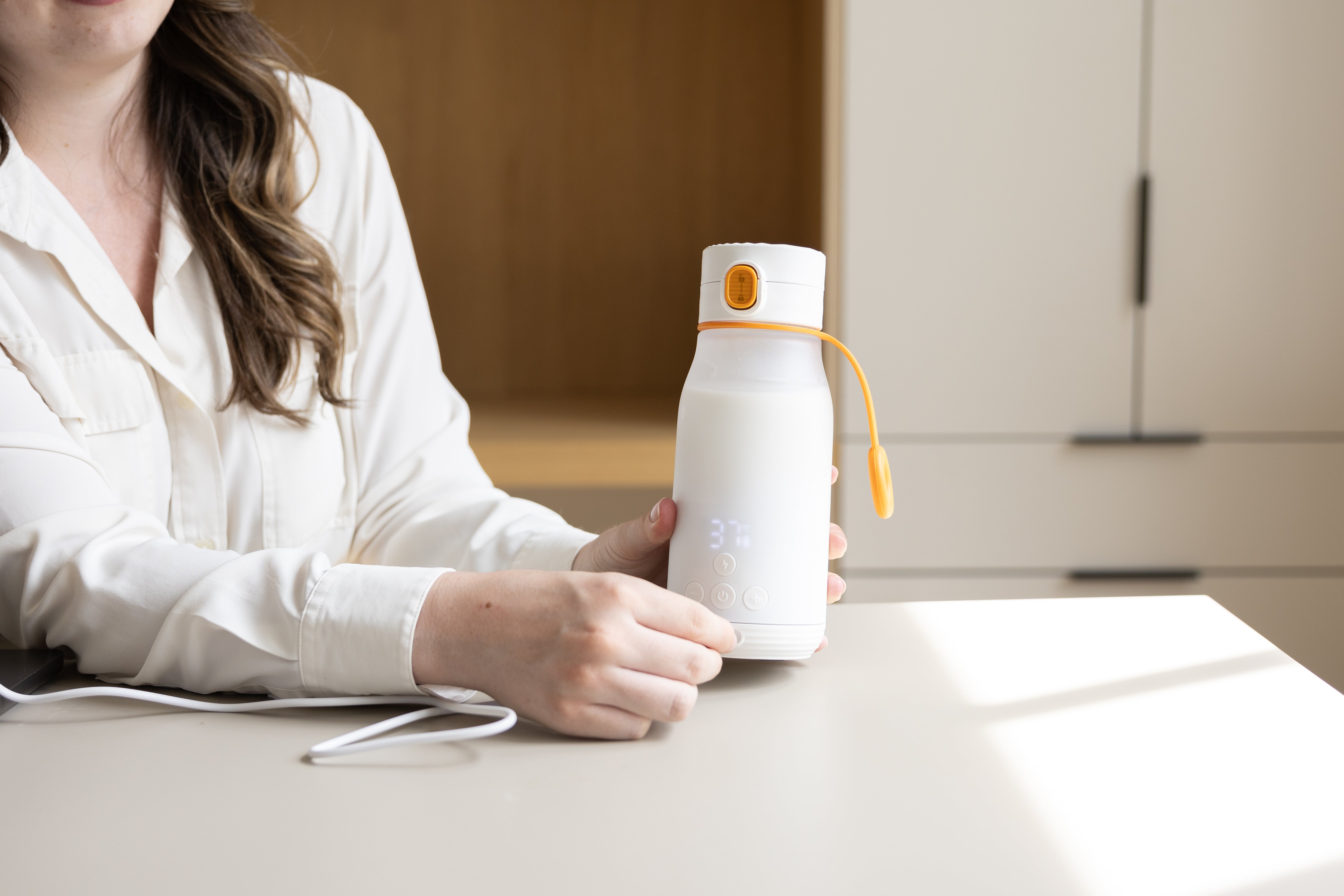
Leave a comment
All comments are moderated before being published.
This site is protected by hCaptcha and the hCaptcha Privacy Policy and Terms of Service apply.